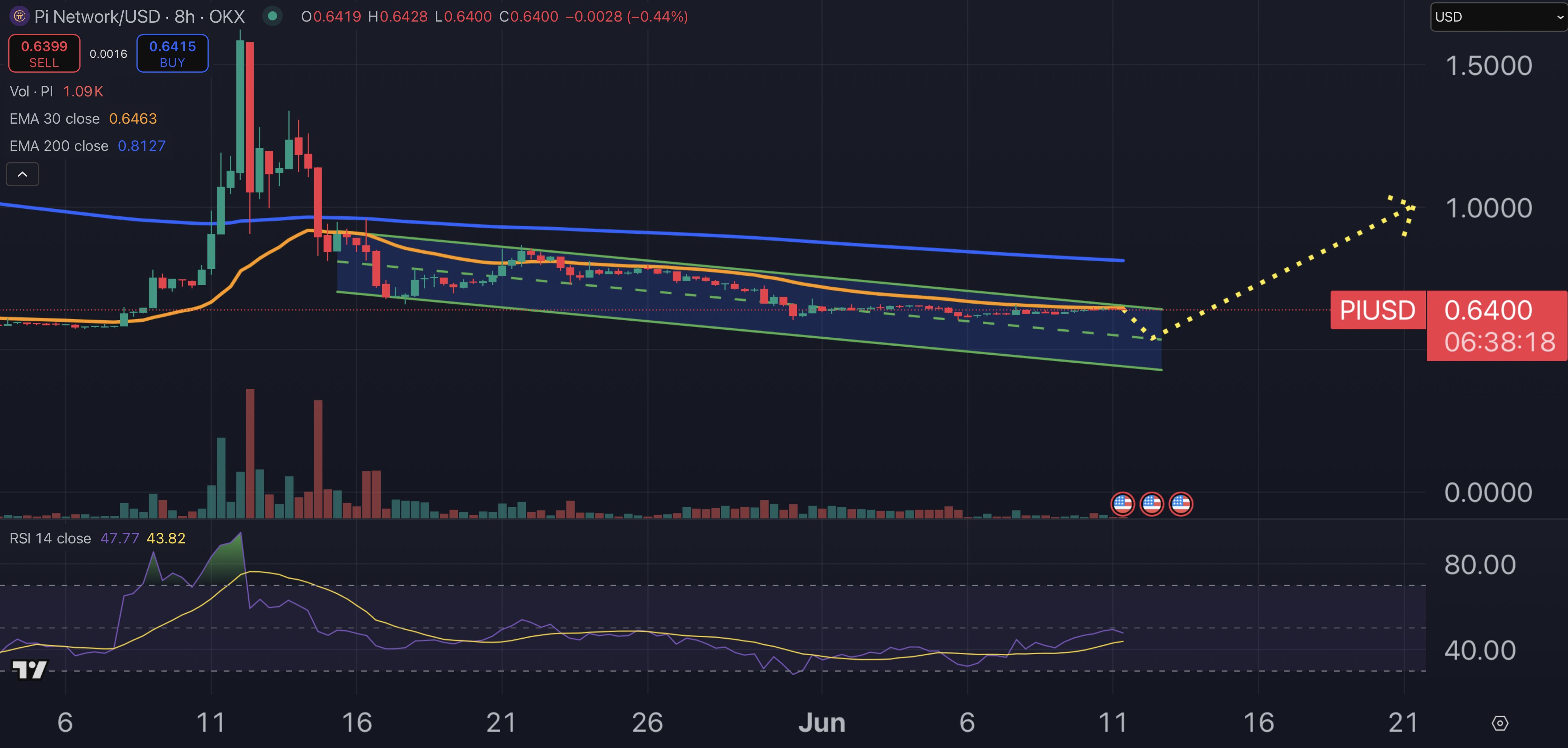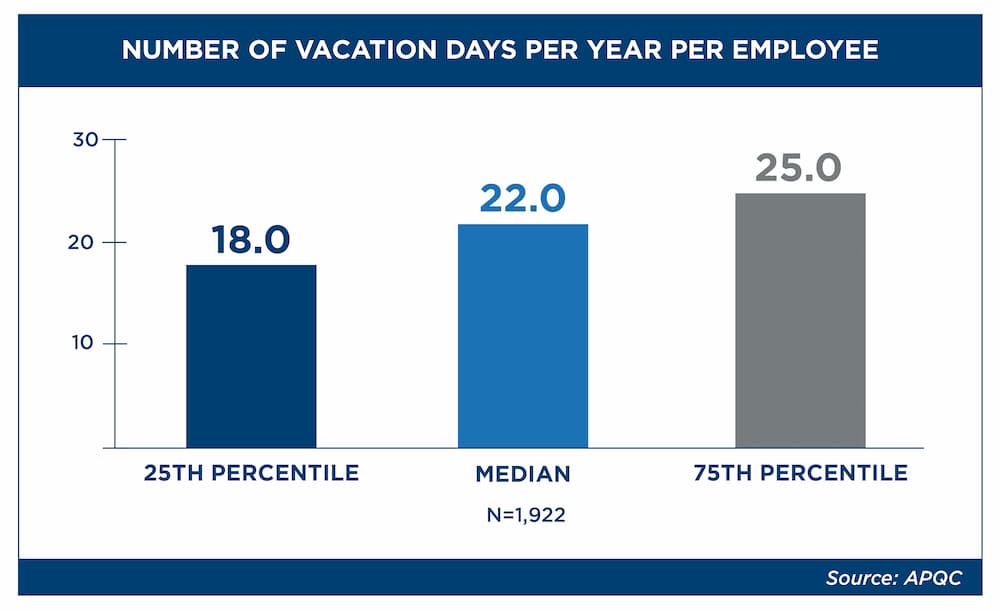In the corporate world, Elmo’s word of the day is almost always “innovation.” But despite plastering the idea of change across PowerPoints, the white-collar sector isn’t always quick to break from tradition. Meanwhile, the blue-collar sector is trying to spearhead revamping the future of work.
During the summer of strikes, manufacturing employees have started to take center stage by re-imagining the way we work and pushing for better pay. The United Auto Workers, composed of the Big Three automakers, might be the ones to really move the needle once and for all and actually innovate. They’re petitioning for wage increases, the return of pensions, and a shortened workweek. Looking to change the schedule to 32-hours a week without any pay adjustments, the union is focusing not just on the common refrain of better pay during a very expensive time, but also better working conditions. And they recently found an ally in Vermont senator Bernie Sanders.
“We are looking at an explosion in this country of artificial intelligence and robotics. And that means that the average worker is going to be much more productive,” Sanders told CNN’s Jake Tapper Monday. “The question as a nation that we have to ask ourselves is: Who is going to benefit from this productivity? We should begin a serious discussion—and the UAW is doing that—about substantially lowering the workweek.”
Sanders touches on a new theory about an automated workforce that could create space to rethink how we work and reallocate some of the grunt work to AI, making workers more productive rather than taking over their jobs. A recent report from McKinsey predicted that as many as 12 million occupational changes will occur by 2030 as employees shift careers and certain jobs are impacted by generative AI. While it once seemed like manufacturing was first on the conveyor belt for an AI setback, it now seems like office jobs are more in the line of fire. Sanders believes that AI taking on some of the workload can free up manufacturing workers and employees in other sectors to work four days instead of five.
“People in America are stressed out for a dozen different reasons, and that’s one of the reasons why life expectancy in our country is actually in decline,” he said, adding that the new schedule could free up employees to spend time with their family, become more active in cultural events, and get more education.
“People are overwhelmed. They gotta take care of their kids, they gotta worry about healthcare, they gotta worry about housing,” Sanders states, adding that the new schedule could free up employees to spend time with their family, become more active in cultural events and, or, get more education.
The four-day workweek has been one of several facets at the core of the future of work debate. As America began to experiment with flexible work, the traditional humdrum schedule started to make even less sense. Employees wanted to not just work from the location of their choice, but to do away with the 9-to-5 five days a week.
Last year, nonprofit 4 Day Week Global implemented a trial of the four-day workweek, measuring the results of 900 employees working at 30 different companies for half a year. Early results showed that employees were just as productive with the new workflow and now had more time to deal with childcare issues and discover new hobbies. Most employers (almost 97%) who tried it out said they wanted to keep the abridged schedule. And a separate trial from the same group found that workers got just as much done in 33-hour weeks as they do in 38 hours.
But despite its growing popularity and initial success, the four day workweek isn’t gaining traction in the boardroom. It seems as if the manufacturing world is ready to pick up the slack and push for the shortened workweek.
The current fight could be one step forward for UAW employees and two steps forward for mankind (or all of mankind who wants a four day workweek). “It seems to me that if new technology is going to make us a more productive society the benefits should go to the workers,” Sanders said.
Credit: Source link











